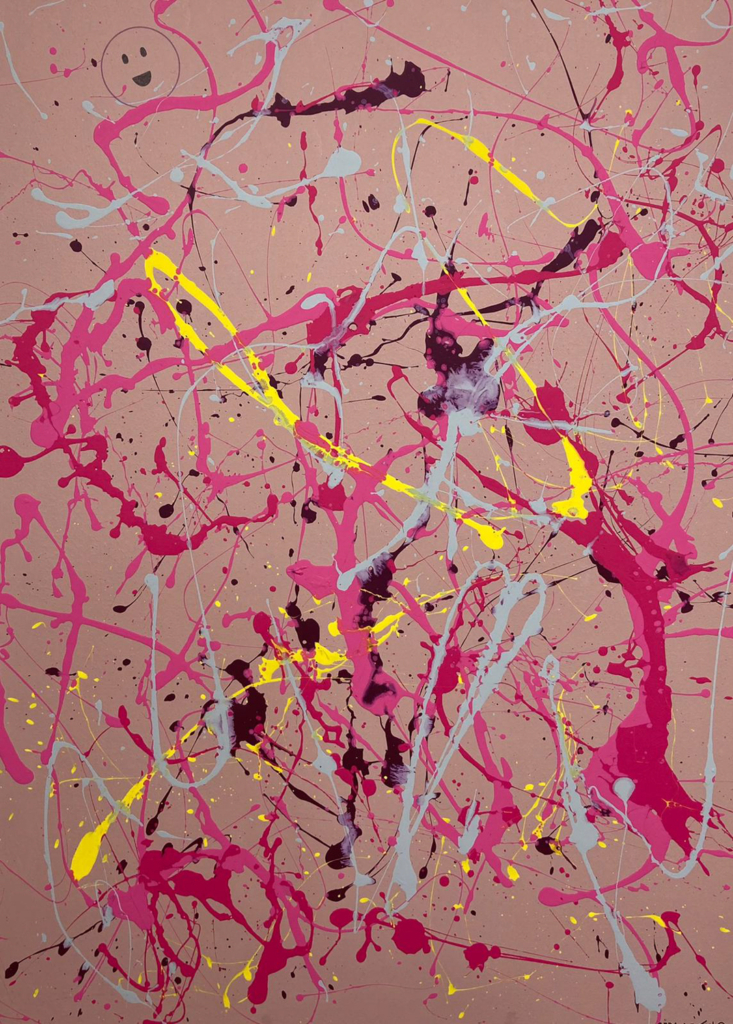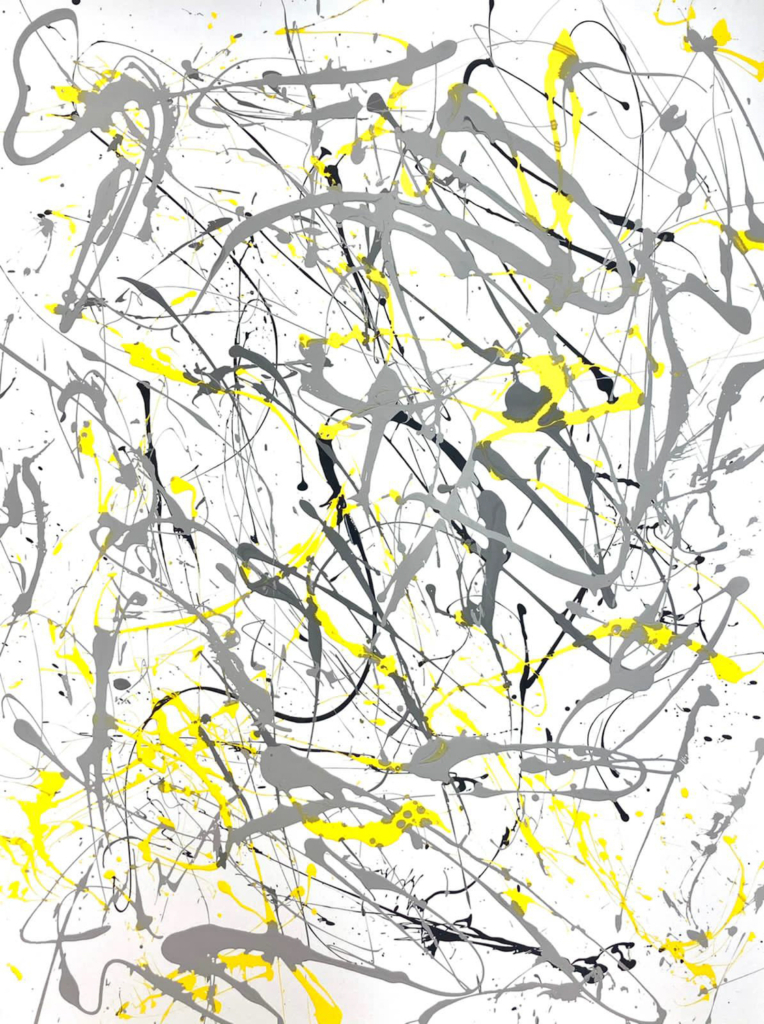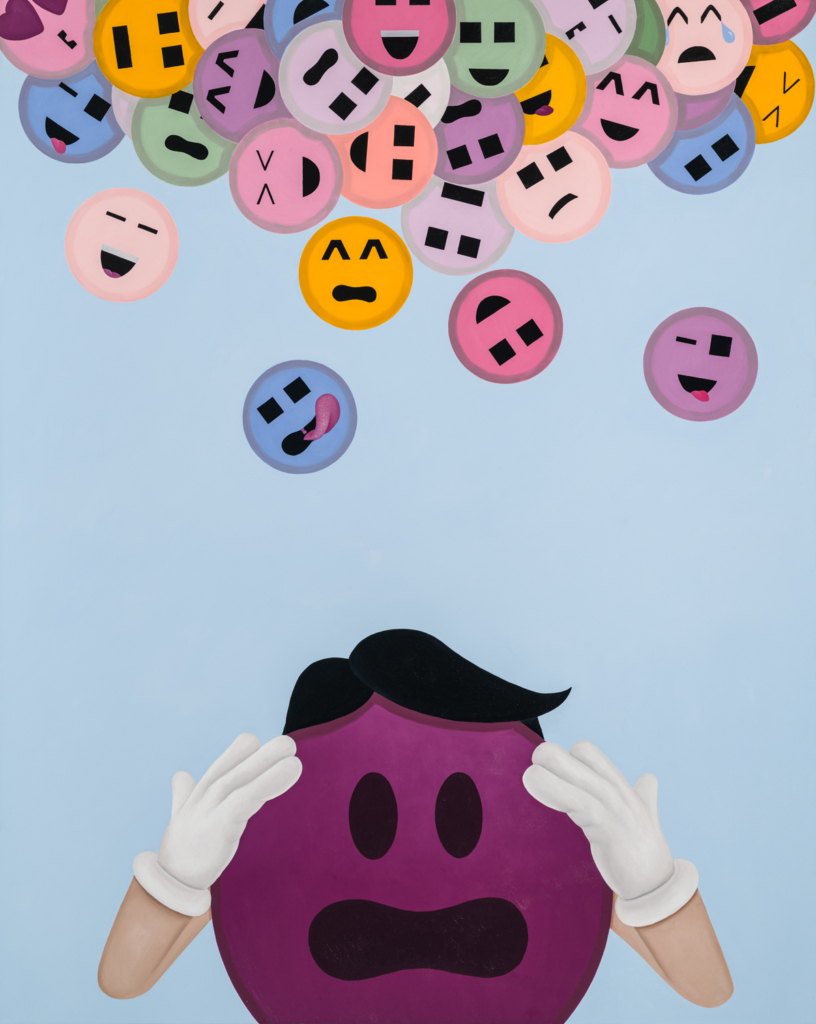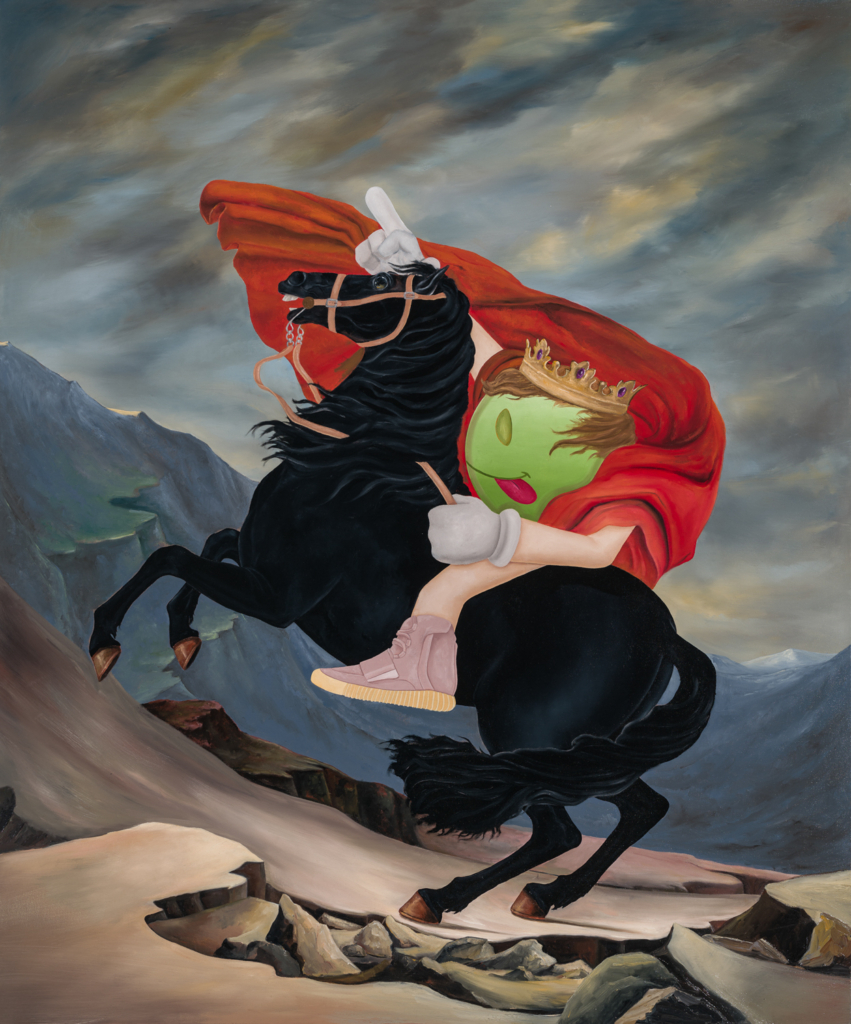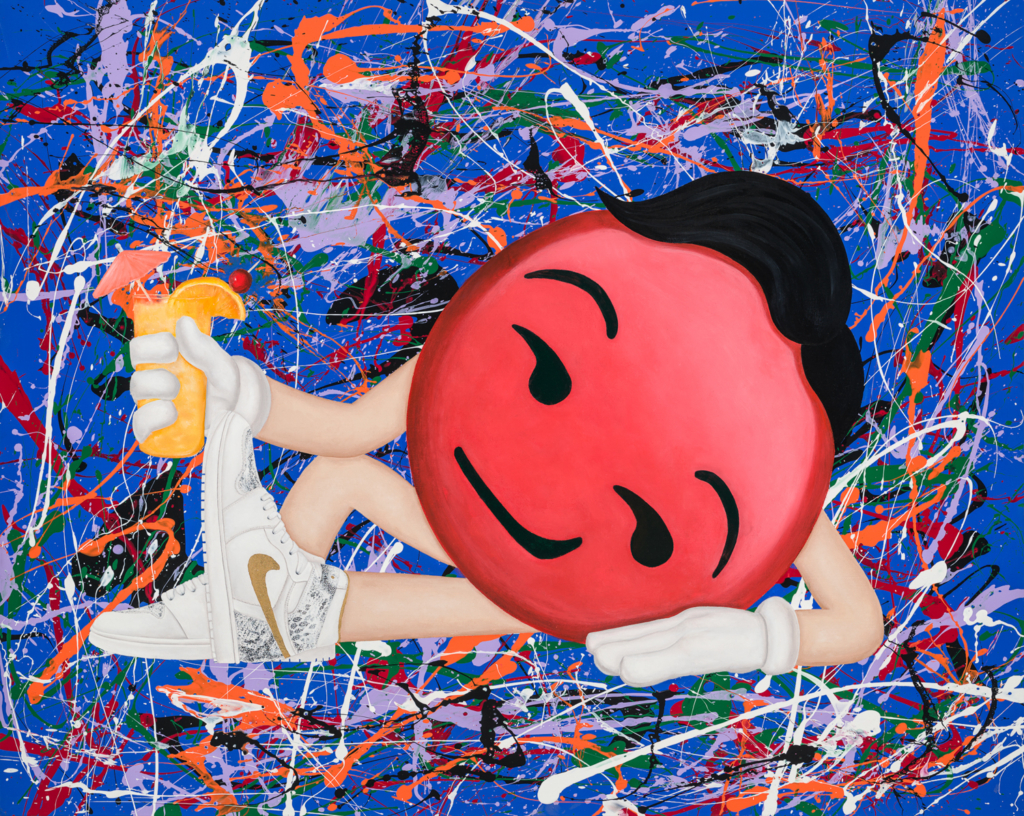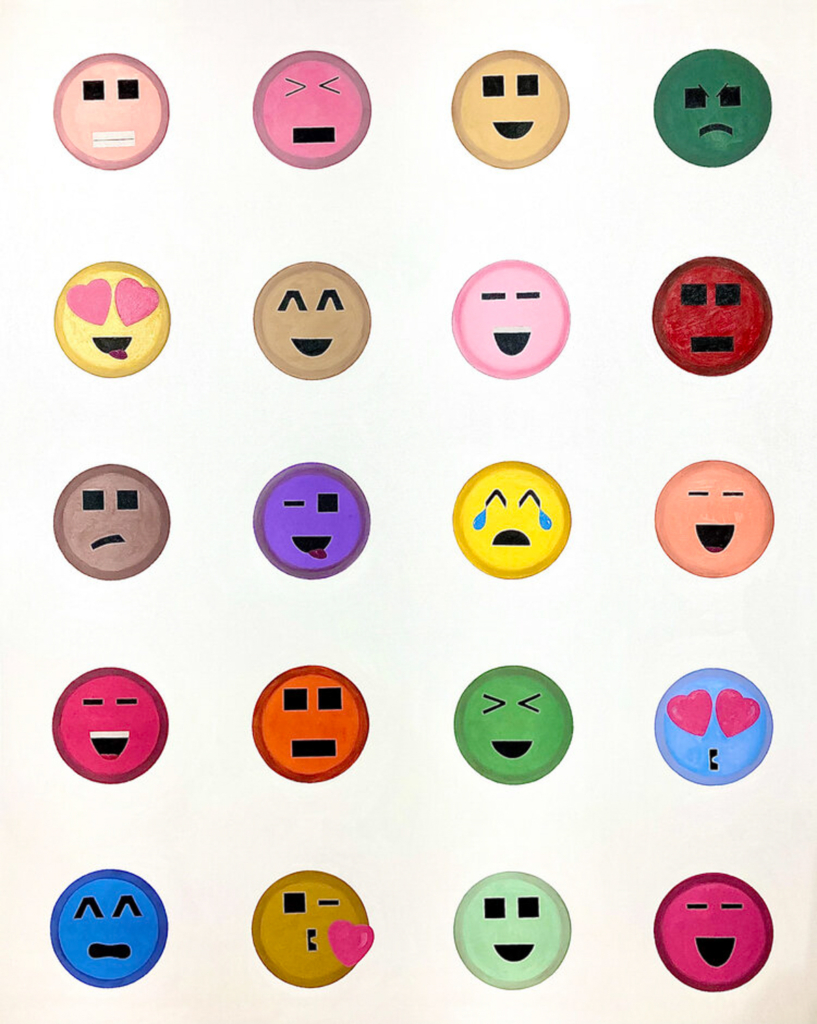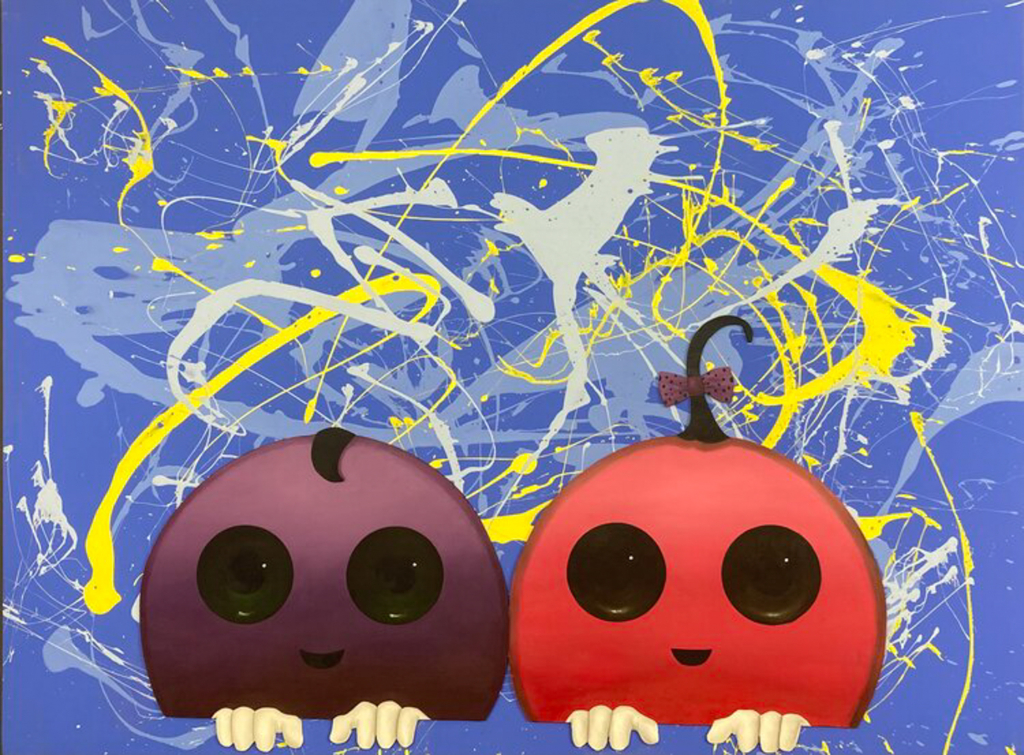Gero A. Eaton is a contemporary artist, based in New York. At only seven years old, after being in the presence of the great masters of the past at the Metropolitan Musuem of Arts in New York, he understood that his destiny was to become an artist
Not surprisingly, during his years at the College The University at Buffalo, he felt a deep connection with the thought and style of the past. He understood that the art of the masters was and still is a timeless form of expression, able to stop the beauty of reality in physical moments such as paintings.
The artist, through his works, seeks an inner vulnerability able to grasp the primordial human instincts and to attract the attention of the unconscious. Today it is difficult to find art forms that speak through non-sensitive and concrete mechanisms, that address directly to the inner self.
Gero therefore tries to create an experience that involves the user, creating works that use color and shapes, to recreate images that evolve endlessly.
It drives people’s curiosity to immerse themselves without pretense or judgment, within a world without tangible boundaries.
An eye on the philosophy of the genius Kandinskij, that of the three-phase interaction between form, color and subject, in fact the firm head of his artistic philosophy.
The artist comes to the conclusion that this non-verbal language, which drives the minds of its users to suffocate with the imagination, can be translated into an infinite number of languages through the phenomenon of emoji.
These “images”, result of the technological evolution of language, become the voice of a movement that pushes human beings to find a form of universal communication.
Emoji is a form of direct, precise language and synthesis in an endless nuance of emotions.
Gero recognizes the need for a deep knowledge of the rules and artistic dogmas that make up the foundations of today’s reality, and only then can we recognize the possibility of being able to modify or break those same rules.
The artistic secession comes from a deep knowledge of its past, which develops in the search for a form of language that contextualizes in the <<hic et nunc>> or, “here and now”.
Giorgio Scaccianoce


